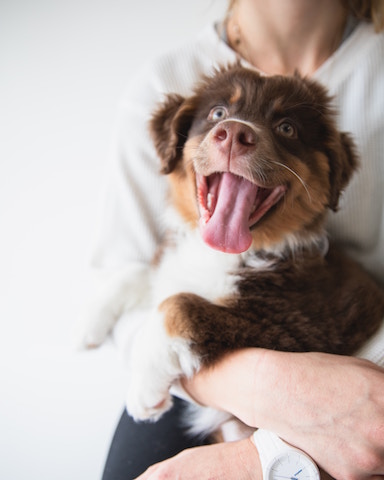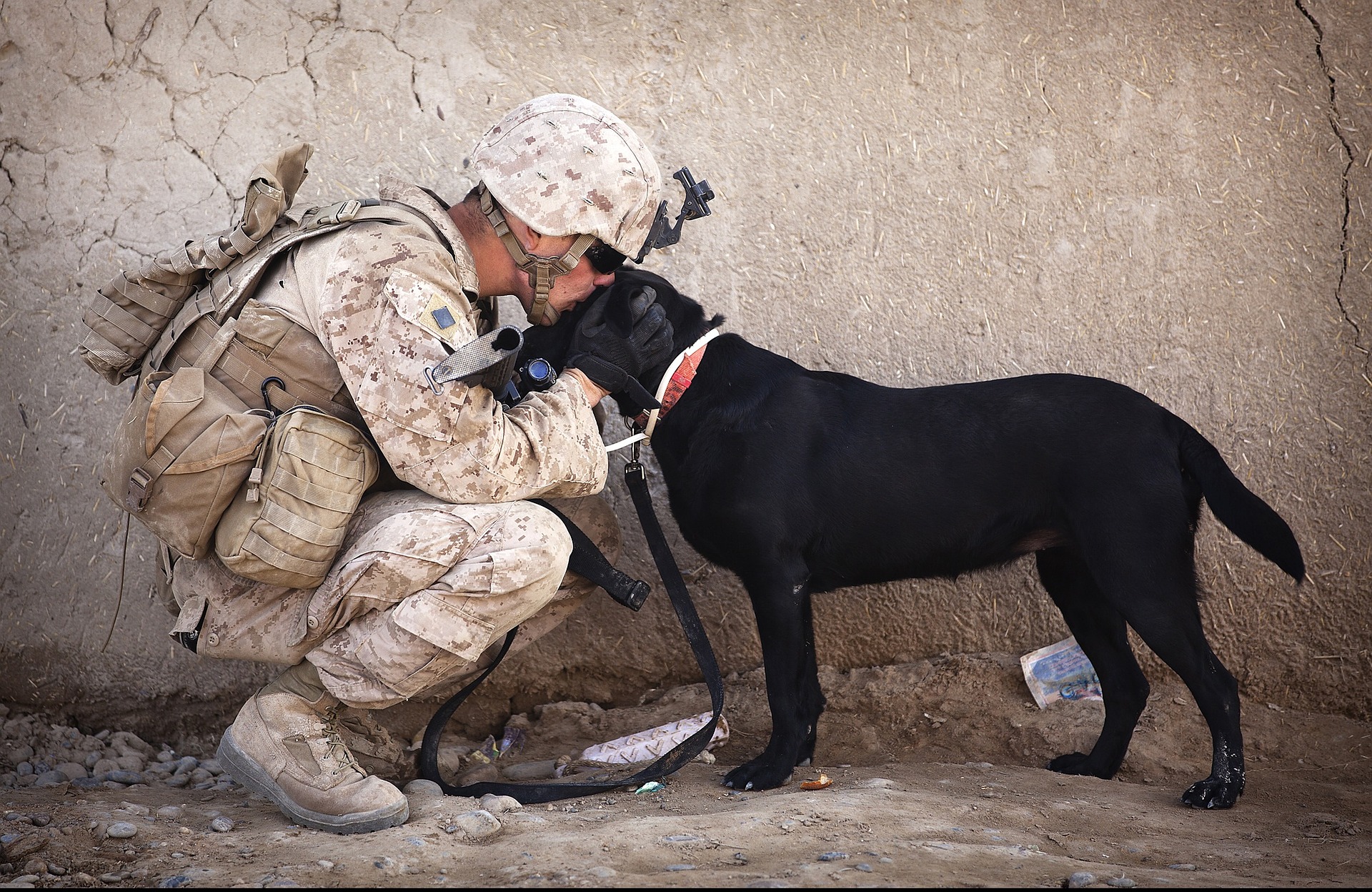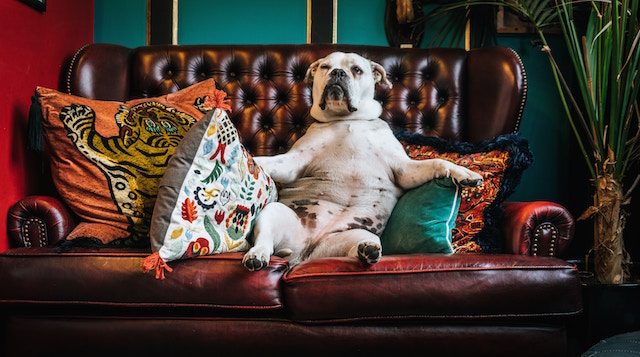Have you ever wondered what your dog thinks and feels about you? Sometimes a tail wiggle can show what your dog is thinking. Other times, it may be harder to figure out.
Understanding your dog and their emotions is a natural desire for most dog owners.
Research has offered psychological insights into the dreams, emotions, and body language of our canines so that we can begin to understand how to build healthier, more understanding relationships with our canine companions.
If you’re interested to see what your dog sees, thinks, and dreams, then you’ll be intrigued by these facts about the psychology of a dog:
1. Dogs care about their owners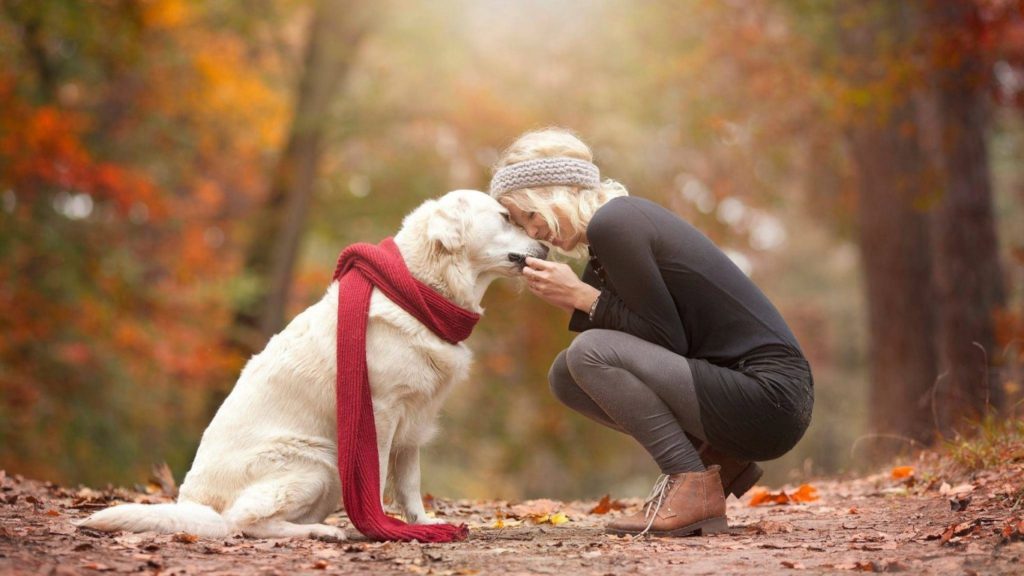
It should come as no surprise that dogs love their owners. It turns out, dogs are very perceptive of their owner’s feelings. A study shows that dogs are able to realize when their owners are being snubbed or ignored by someone else. As a result, they act coldly towards the disser. Talk about loyal!
Canines are also very intelligent when it comes to sensing human emotions. A senior behavioral scientist at Nestle Purina says that dogs pick up on subtle changes in voice intonation and body language. They can comfort you when they notice you’re feeling depressed or they may become excited when they see you’re upbeat. Dogs act a lot like best friends. Furthermore, a 2015 study published in Current Biology shows that dogs read facial expressions when you’re sad or happy. They can sense a lot about a person’s energy and mood and react accordingly.
2. Dogs experience similar emotions as humans

Oftentimes, humans don’t give animals enough credit for experiencing emotions because they don’t communicate or analyze them like humans. However, research shows that dogs feel the same base emotions–love, fear, happiness– as humans. In fact, evidence suggests that dogs indeed feel love for their human owners. A 2015 ScienceDirect study described presenting dogs with the scent of a stranger, a scent of their owner, a familiar dog, themselves, and an unfamiliar dog while an fMRI tech scan monitored the dog’s brain waves. When the dogs recognized their humans’ smell, the part of the brain that experiences joy became activated. This highly suggests that dogs who have a positive bond with their humans really do love them! Psychological insights help us guess what they might feel around their owners. In addition, recent fMRI research shows that brain activity in dogs increases when their owners come into the room after an absence. A spike in the dog’s oxytocin — the “happy” hormone — shows that they share a close bond with their owners.
3. Dogs can be jealous

If you think your dog seems jealous when you give attention to another pup, your intuition is probably correct. A 2014 study suggests that dogs display more jealous behaviors when their owners show attention to other dogs are a stuffed toy dog. Common jealous behaviors from dogs include pushing, touching, or snapping at their owner and physically putting their bodies in between their owner and another dog or object.
4. Dogs enjoy HDTV
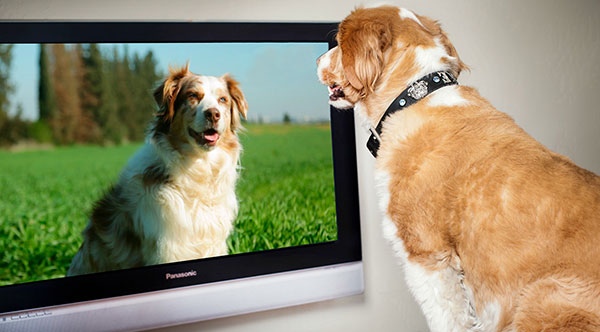
If you’re worried about your dog becoming bored while you’re at school or work, put on a nature show for them…but make sure it’s on a high-definition television. There is a science behind why dogs love HDTV so much. Dogs see and process movement much faster than humans. Dogs, like beagles, view flicker rates at at 75 Hz or 50% faster than human rates, meaning they view motion better than humans. HDTVs are refreshed at a higher rate and its frequently reported that pooches are more enamored with the new technology than regular TV sets.
5. Dogs dream vividly

It’s common knowledge that dogs dream, but what are their dreams like? When owners see their dog twitch or paw at the air during their sleep, then they’re dreaming. Canines are processing their day the way humans do because both a dog’s and human’s brain are structured the same way. MIT researchers even found that simpler-minded animals dream too. Since a canine brain shows similar electrical sequences and is more complex, it’s safe to assume they dream too. Evidence also shows dogs dream about common activities like playing or eating. Studies also identified that smaller dogs dream more frequently than larger dogs. Smaller dogs might dream every 10 minutes, but larger dogs tend to have longer timeframes between dreams. However, dreams last longer for larger pups.
6. Dogs can smile and laugh

Did you know dogs can smile too? When dogs open their mouths slightly to reveal jaws and their tongues, then know they are smiling. You might also see they have teardrop shaped eyes as they smile. This casual expression usually occurs when a dog is relaxed or playing with people. You may be able to tell a dog is stressed if their mouths are closed.
Dogs can also laugh and it usually occurs as they smile. However, it includes a panting sound. When these sounds were played for other dogs as part of a study, it showed the dogs either become excited or calmed by the sound.
As more research is conducted on canine psychology, we can start to understand our pets and build stronger bonds with them. For now, research allows us to rest assured that there really is no bond quite like the one between a human and their loyal best friend.



